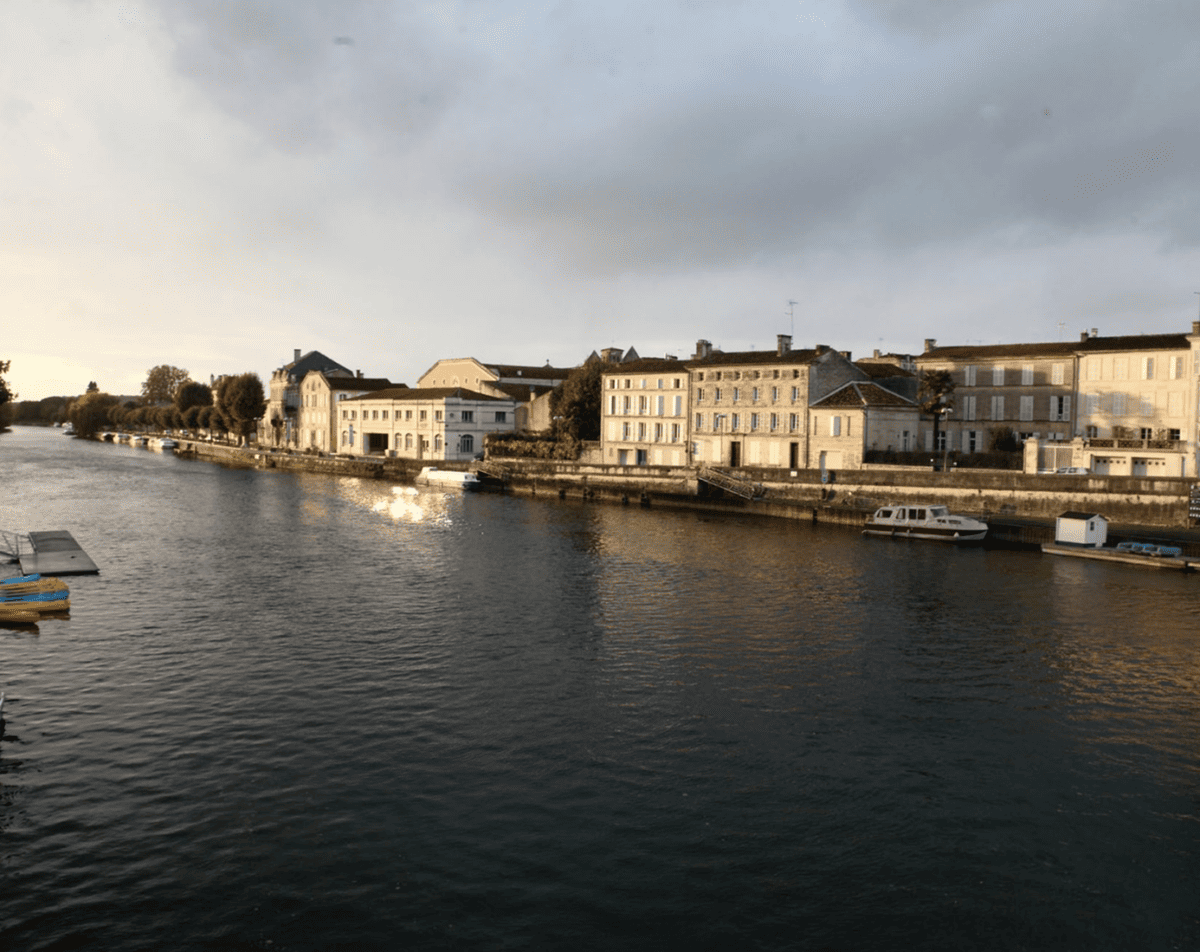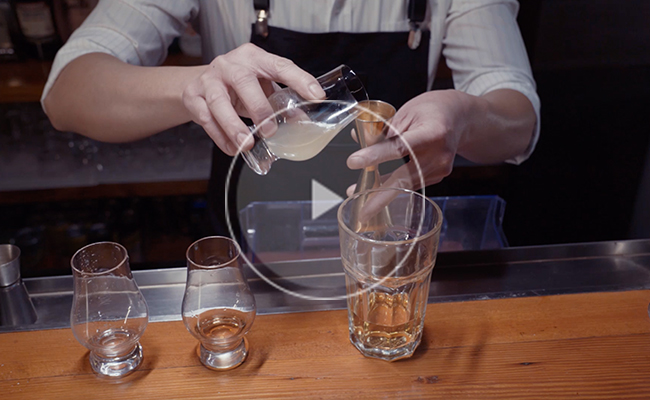River ports in the Cognac landscape | Discoveries
From Angoulême to Rochefort, the Charente River, a real link between the inland Charente region and its maritime coastline, has played a major role in the production of Cognac thanks to the port towns established on its banks. Angoulême, Jarnac, Cognac, Saintes, Tonnay-Charente and Rochefort had their hours of glory thanks to their ports and the transit movements between the products of the interior and those of the sea. 
Copyright Michel Guillard
arrival of the railroad, the barrels of Cognac were loaded on barges and sailed down the river to its mouth where they were awaited by ocean-going freighters. From this rich port past remain the quays where cellars, warehouses and former mansions of the merchants are located.
Angoulême, the upper and lower town
The city of Angoulême benefits from an exceptional site, both in its morphology and its location. The Charente and its tributaries have strongly marked its history. Traces of its industrial past in connection with the paper industry, but also of its former function as a port for barges dedicated to the trade of wines and brandies.
Honoré de Balzac, who found in Angoulême the inspiration for one of his most famous novels, Les Illusions perdues, has a very precise perception of a dichotomous landscape: “The suburb of l’Houmeau thus became an industrial and rich city, a second Angoulême which jealously watched over the upper city where the government, the bishopric, the justice, the aristocracy breathed”(The upper city symbolizes the nobility and authority, while the lower city represents commerce and wealth, with constant rivalry between the two factions)
Copyright Michel Guillard
Jarnac, the historical wine trade
On the right bank of the Charente, halfway between Angoulême and Cognac (the town was called Union-Charente during the Revolution), Jarnac, between vineyards and river, has had a glorious history in modern times. In the 18th and 19th centuries, the history of the town was interwoven with the development of the Cognac trade. The installation of brandy merchants generated important transformations which reconfigured the urban landscape. On the quays, elegant buildings, both residences and trading posts, stood alongside vast cellars.
In the middle of the 19th century, strong economic growth led to an urban expansion made possible by the demolition of the castle. In 1877, a Parisian traveler described Jarnac as follows: “At the end of a long avenue planted with admirable poplars, a pretty bridge crosses the Charente, which is bordered by large trees that are reflected in its waters and mills that beat the measure.
Today, some Cognac houses have kept their beautiful gables on the street, and some are a tourist destination. A walk along the Charente or in the streets of the city center can also lead visitors in front of particularly original urban landscapes: the models of the great works of President François Mitterrand, originally from Jarnac.







